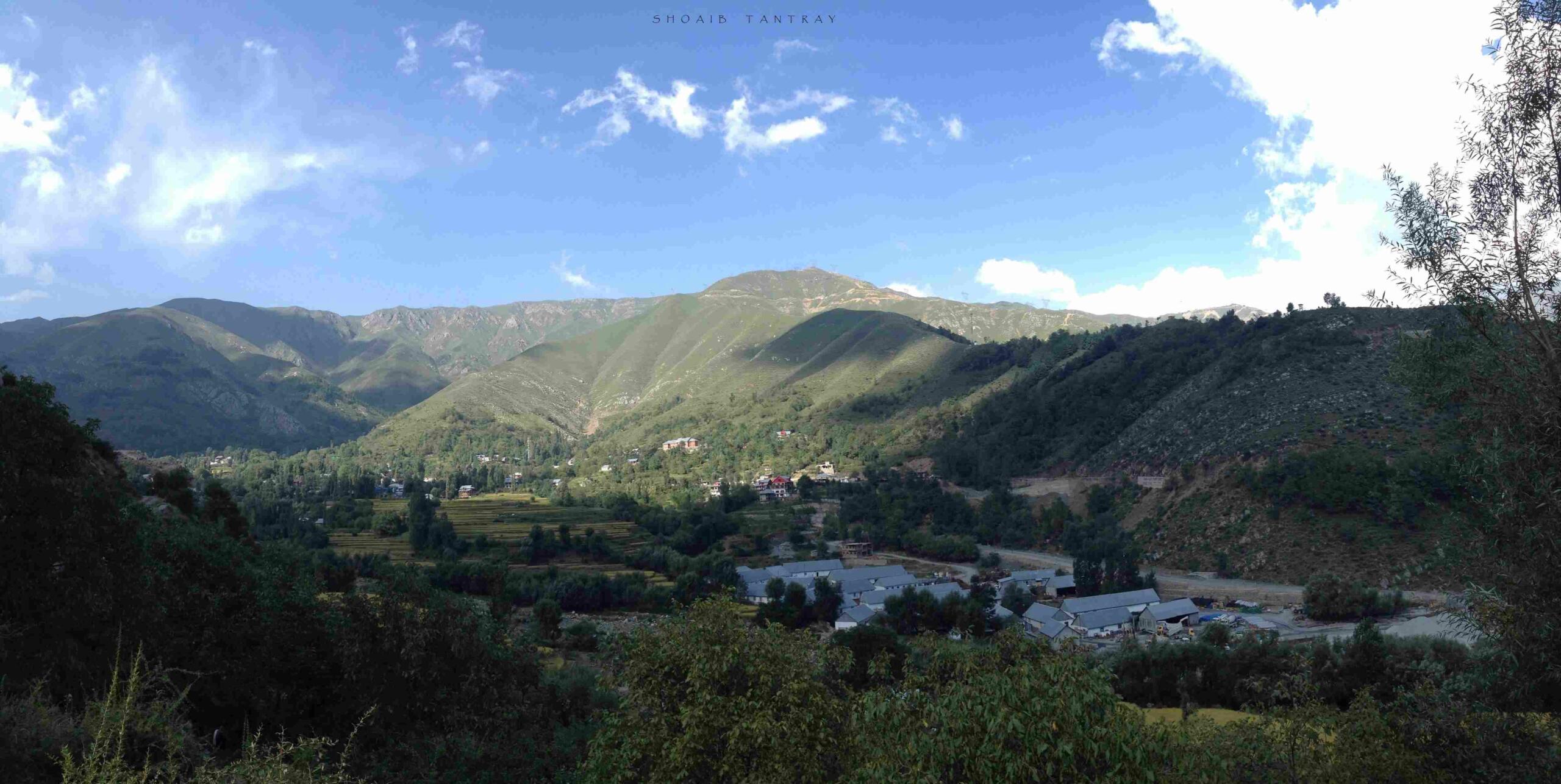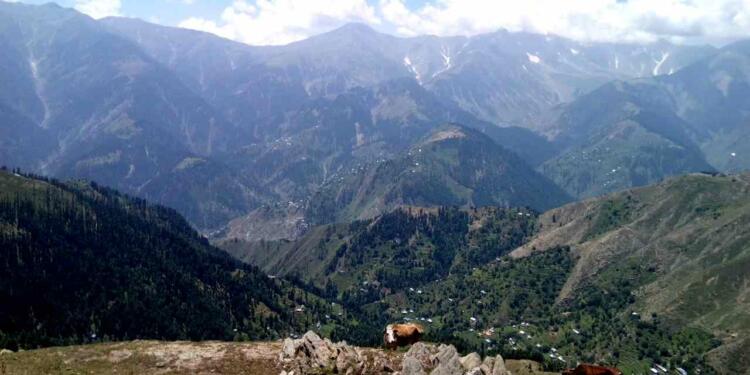Banihal Pass – History and location
At a maximum elevation of 2,832 m (9,291 ft) Banihal Pass is a mountain pass across the Pir Panjal range. It connects the Kashmir Valley in the Union Territory of Jammu and Kashmir to the outer Himalayas and plains to the south. In Kashmiri language, “Banihal” means blizzard.
The road from Jammu to Srinagar crossed the Banihal Pass until 1956 when the Jawahar Tunnel was constructed under the pass. The road now passes through the tunnel and the Banihal is no longer used for road transport. Banihal Pass is the place where the scenery changes, you will see a sharp change in nature and mountains. The natural surroundings of Kashmir reveal themselves on the journey through both the Banihal and Jhelum Valley roads.
Zaban Glacier is a famous hill station located in the Sanglab Valley close to the Pass. This glacier is situated to the west of Khairkoot village. The glacier is about 2 km long in the lap of Sundar Top (3,660 m above sea level), Zabaan Glacier is also the origin of the Bachliri Nala, a main tributary of the Chenab River. Local tourists visit this glacier from March to mid-May. The glacier is connected by road to the Jammu-Srinagar National Highway. It is about 3 km from Naugam and 2 km from Sanglab Colony.
 Also Read: Beas River -History and interesting facts about this river
Also Read: Beas River -History and interesting facts about this river
FAQs
Why is Banihal famous for?
Banihal is India’s longest tunnel and third longest tunel in Asia.
Which tunnel is in Banihal Pass?
Banihal Pass also known as Jawahar Tunnel is the longest tunnel in India. The Jawahar Tunnel is a 2.5 km (1.6 m) long tunnel through the Pir Panjal Mountains below the Pass that connects Banihal to Qazigund on the other side of the mountain.
What is the length of Banihal Pass?
Pass is Located in the Pir Panjal range at an altitude of 2832 m (9291 ft) above sea level, this pass connects Jammu with Srinagar. The pass is located in Doda district at an altitude of 2,832 m.
Follow our google news publication for more news and daily updates: @tfipost































